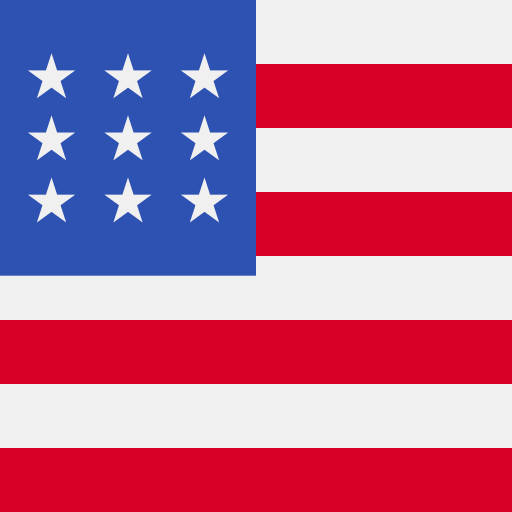Cruising has long cast off its reputation as a retirees’ holiday and has become a popular vacation option – but can the industry go even further to ensure cruise diversity, with all groups catered for?
Cruising has long cast off its reputation as a retirees’ holiday and has become a popular vacation option – but can the industry go even further to ensure cruise diversity, with all groups catered for?
Words by Sarah Rodrigues
Think ‘inclusive’ in the context of cruises and it’s probably all-you-can-eat buffets and unlimited cocktails that spring to mind.
But there are more pressing issues when it comes to this topic, and equality in cruising has begun to be addressed by various operators in recent years.
Women, for example, are becoming more visible in an increasingly diverse cruise space: in 2020, before the world turned upside down, Celebrity Edge set sail on March 8 – International Women’s Day – with a bridge and hotel officer team that was entirely female.
At that time, Celebrity Cruises stated that the number of women working across its fleet had jumped to 27 percent from 3 percent in the space of four years.
Other lines have made diversity in cruising a key goal – Windstar Cruises made Belinda Bennett its first female captain, but also the first black female captain in the cruise industry’s commercial sector.
But it’s not just in staffing and leadership that matters of equality in cruise are being tackled.
The LGBTQ+ community has been instrumental in shaping changes in the industry, and now, not only are there a number of operators offering chartered cruises specifically for those whose orientation differs from the heteronormative stereotype (Atlantis is one notable example, as well as La Demence) but many companies are also implementing LGBTQ+ friendly experiences into their ‘standard’ cruises.
When it comes to entertainment, drag-themed sailings, with performers and dressing up, may not seem very remarkable through a 2023 lens.
However, it’s only just over ten years ago that Carnival sparked a furor by claiming that, even on a cruise with drag performances, its aim of creating a ‘family-friendly atmosphere’ meant that guests were ‘not allowed to dress in drag for the performances or in public areas at any time during the cruise,’ and that those failing to comply would be disembarked at their own expense.
The statement was swiftly retracted the following day and guests were free to dress as they liked.
While other cruise lines have made admirable inroads into becoming promoting cruise equality for the LGBTQ+ community, the efforts of Celebrity Cruises, in particular, have been recognized with a slew of awards.
Celebrity’s standard cruise offerings include welcome parties and regular ‘meet and mingle’ events for their LGBTQ+ passengers, and in 2018, the operator became the first ever cruise line to hold an onboard wedding for a same-sex couple.
In June, Pride Month, every ship in the Celebrity fleet celebrates with Pride at Sea, with all guests, regardless of orientation, invited to LGBTQ+ events to party alongside officers, staff and LGBTQ+ passengers.
For anyone who’s ever been near a cruise port when passengers are disembarking, it’s not difficult to understand why many have misgivings about whether local economies benefit from the influx.
In 2016, campaigners in Venice protested against the fact that most tourist dollars stayed with the operators, rather than being spent at the destination.
Now, however, some cruise lines are incorporating regionally sourced food, procured along the journey, into their onboard offerings, and arranging shore excursions with local providers.
Others, such as Ponant, work alongside communities at destinations to ensure that visits are respectful, interactive and not overwhelming.
Last September, at the ‘Redefining Luxury Cruising’ conference in Malaga, spokespersons said that a survey of around 20,000 travelers and industry bodies showed that ‘luxury’ is now equated with ‘authenticity,’ with people wanting to get a genuine sense of a place and its people during their onshore time.
When it comes to diversity in cruising, long overdue changes have also been made where single travelers are concerned.
Not so long ago, crippling ‘solo supplements’ tended to be applied to those traveling alone and not wishing to share a cabin, with charges of up to 200 percent applied to cover the cost of the ‘other,’ absent passenger.
With some operators now beginning to waive these fees, and newer vessels being built with a variety of single cabins, the industry has become much more welcoming of people who happen to be traveling alone.
Some cruise lines also build singles’ events into their onboard schedules, including champagne receptions – and, of course, there are often dedicated hosts on board to provide a dance partner or dinner companion.
It’s this kind of encouragement of diversity that the cruise industry may hopefully continue to develop over the coming years – not only providing more cruises specifically tailored for certain communities and groups of people, whether LGBTQ+, families or retirees, but also more cruises with something for everyone, regardless of gender, age or orientation.
While complete separation and tailor-made onboard experiences may be the right fit for some cruisers, there’s also a genuine benefit in a variety of people coming together at sea, fostering respect for others and their ways of living, and taking these attitudes back with them on to dry land.
Become the first to know about win-a-cruise competitions, on-trend vacation inspo and don’t-miss travel advice from the experts.



 United Kingdom
United Kingdom USA
USA